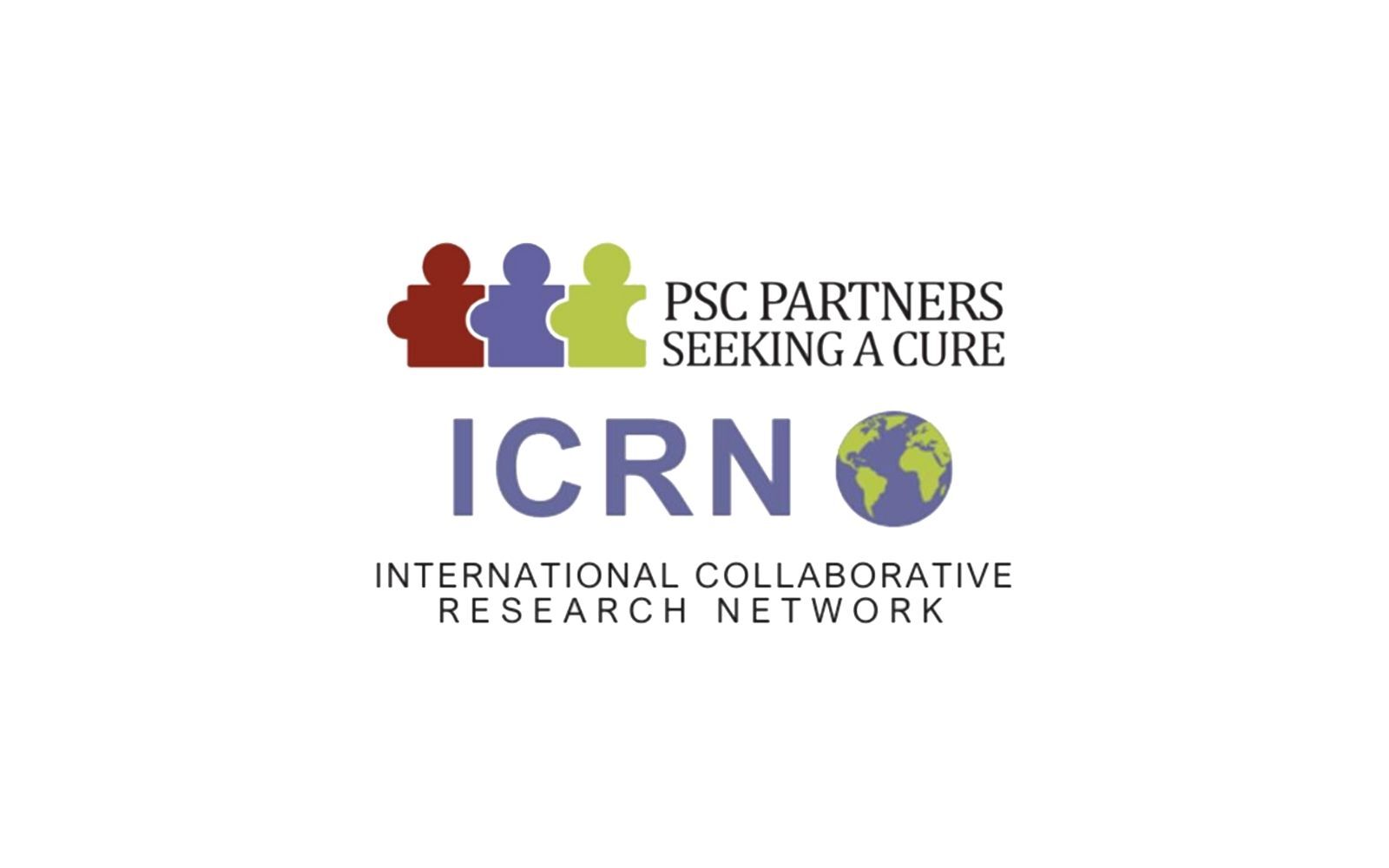PSC Partners International Collaborative Research Network
From Inception to Impact: PSC Partners International Collaborative Research Network (ICRN) Initiative
URGENT: We need you to help shape PSC Research! Take our ICRN Community Survey by March 24th.
Executive Summary:
The PSC Partners International Collaborative Research Network (ICRN), launched in 2022 by PSC Partners Seeking a Cure, is dedicated to advancing research and fostering collaboration to find treatments and cures for Primary Sclerosing Cholangitis (PSC) and closely associated diseases such as PSC-IBD (Inflammatory Bowel Disease) and PSC-CCA (Cholangiocarcinoma). The ICRN serves as a bridge between the patient community—including patients, relatives, caregivers, friends, and patient-led advocacy organizations—and the scientific, medical, and clinical research realms, uniting them in a shared mission and bringing all representatives together at the same table for group discussions.
The 2024 ICRN gathering, held on October 17-18 in Phoenix, AZ, brought together diverse voices and expertise. Six working groups were created, and members included co-chairs Yury Popov, MD, PhD, and Bettina Hansen, PhD, along with representatives from the patient community and clinical or academic research. Over two days, participants collaborated to refine research questions and lay the groundwork for patient-centered initiatives. Initial brainstorming sessions produced lists of priority research questions and projects. These were then developed into detailed proposals, including executive summaries and plans for patient partnerships, ensuring a comprehensive approach to advancing PSC research.
PSC Partners has committed $200,000 USD to fund one ICRN project over two years, with potential additional contributions secured through crowdfunding.The first step in the selection process includes a community survey that will be conducted to evaluate potential projects based on their rankings and determine the community's willingness to donate or engage in crowdfunding. Then, PSC Partners’ leadership will evaluate the projects to ensure alignment with the research strategy and other initiatives. This initiative represents a significant step towards transforming the future of PSC research through innovation, partnership, and patient-centered action. Community members interested in being involved can participate in the community survey, contribute financially or help with crowdfunding, and join our contact list for future opportunities like project reviews, advisory committees, recruitment, and convenings.
History:
PSC Partners Seeking a Cure launched the International Collaborative Research Network (ICRN) in 2022. This initiative is dedicated to advancing research and fostering collaboration to find treatments and cures for Primary Sclerosing Cholangitis (PSC) and closely associated diseases (PSC-IBD, PSC-CCA). The ICRN serves as a bridge between the patient community—including patients, relatives, caregivers, friends, and patient-led advocacy organizations—and the scientific, medical, and clinical research realms, uniting them in a shared mission and bringing representatives together at the same table for group discussions.
Key Steps Taken by PSC Partners to Build the ICRN:
- Identified Patient Needs: Collected patient perspectives and priorities from those living with PSC through the Patient-Focused Drug Development Forum (PFDD), Our Voices Survey, and the ROADMAP webinar series.
- Community Engagement: Collaborated with the PSC community to establish research priorities at the 2022 PSC Partners Annual Conference
- Scientific Review: Analyzed scientific literature and consulted with international experts
- Draft Research Agenda: Formulated a research agenda based on patient questions
Research Agenda Focus Areas:
- The cause of PSC
- Factors that lead to PSC progression
- Effective diagnosis and monitoring of PSC, including biomarkers
- Drug development
- Transplantation outcomes
- Prevention and early detection of cholangiocarcinoma
2024 ICRN Convening:
The second ICRN gathering took place in Phoenix, AZ, on October 17-18, 2024. This event brought together diverse voices and expertise from around the world. Over two days, participants engaged in collaborative discussions, refined research questions, and laid the groundwork for patient-centered initiatives aimed at improving care and accelerating the development of treatments.
Goals of the 2024 ICRN Meeting:
- Collaborate: Forge new connections and enhance existing ones across areas of expertise for PSC and related diseases: PSC-IBD (Inflammatory Bowel Disease) and PSC-CCA (Cholangiocarcinoma).
- Create: Generate lists of potential research projects and high-priority proposals, seeking input from the patient community, pursuing funding, and driving research forward.
- Strategize: Identify research questions, models, or tools to enable or accelerate the development of novel therapies for PSC, refining the research strategy to reflect cutting-edge science and ICRN priorities.
Event co-chairs:
Yury Popov, MD, PhD
Bettina Hansen, PhD
Working Groups:
Six Working Groups, each with co-chairs representing the patient community and clinical or academic research, focused on:
- Pathophysiology of PSC: Inflammation and Fibrosis
- Pathophysiology of PSC: Gut Microbiome
- Diagnosis, Prognosis, and Clinical Management
- Clinical Trials and Endpoints
- Managing Transplants and Recurrent PSC
- CCA Screening, Surveillance, and Treatment
Activities and Output:
- Day 1: Each Working Group held a 2-hour brainstorming session, resulting in:
- Lists of potential priority research questions
- Lists of potential research projects
- Proposal topics selected for prioritization on Day 2
- Day 2: Each Working Group had a 90-minute proposal development session, resulting in:
- Executive Summaries
- Details of what, why, how, and who
- Considerations for patient partnerships and pediatrics
Commitment:
PSC Partners has committed $200,000 USD to fund one ICRN project, with funding distributed over two years starting in 2025. Additional funding may be secured through crowdfunding if needed.
Proposal Selection Process:
- Community survey to evaluate potential rankings and determine willingness to donate or engage in crowdfunding
- PSC Partners’ leadership will evaluate projects based on alignment with the research strategy and other initiatives.
This initiative represents a significant step towards transforming the future of PSC research through innovation, partnership, and patient-centered action.
Ways to Get Involved:
These are the ways community members can actively contribute and stay engaged with ICRN initiative:
- Complete our community survey by March 24th to share your insights and opinions.
- You can provide financial contributions or assist with crowdfunding efforts.
- Stay tuned for future opportunities, which may include reviewing upcoming projects, serving on advisory committees, recruiting participants, and attending convenings.
Complete your profile and join PSC Partners Seeking a Cure in advancing PSC research towards a cure. Find information about clinical trials.





